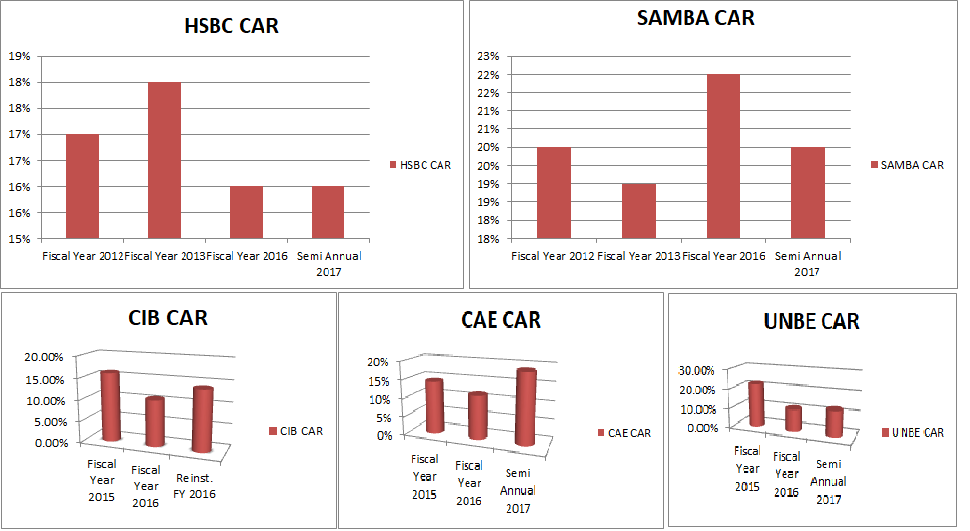Preprint
Case Report
Evaluating the Relationship Between The Banking System Stability and The Internal Capital Adequacy Assessment Process: Evidence From The Egyptian Banking Sector
Altmetrics
Downloads
1165
Views
370
Comments
0
supplementary.xlsx (23.76KB )
This version is not peer-reviewed
Submitted:
16 October 2018
Posted:
17 October 2018
You are already at the latest version
Alerts
Abstract
In the repercussions of the latest financial crisis that have occurred on the years 2008-2009, to fortify the stability of the banking systems, policy makers, and the Basel Committee on Banking Supervision – BCBS, together with national regulators have built up a few safety measures, and structures to guarantee that banks establishments keep up adequate capital levels through using risk management tools, in specific the Internal Capital Adequacy Assessment Processes (ICAAP). They all have called for thorough evaluations and assessments for the structure and components of risk management frameworks, tools, and practices whether by banks, regulators, analysts and risk management experts consistently, to ascertain the adequacy of the banking systems, policies, arrangements and techniques for overseeing risks, and guaranteeing the sufficiency of holding appropriate capital levels for confronting normal, as well as adverse and unexpected situations or emergencies. The main objectives of this research study is to shed the light on the ICAAP as one of the main keys of risk management programs, a process by which banks can use to ensure that they operate with an appropriate levels of capital, forward looking processes for capital planning covering a broad range of risks across banks, activities beyond simple capital management, and brings together risk and capital management activities in a form that can be used to support business decisions. The research study shall evaluate the significant relationship between the Banking System Stability (dependent variable) and the Internal Capital Adequacy Assessment Process (ICAAP – independent variable) with evidence from the Egyptian Banking Sector.

Keywords:
Subject: Business, Economics and Management - Finance
Copyright: This open access article is published under a Creative Commons CC BY 4.0 license, which permit the free download, distribution, and reuse, provided that the author and preprint are cited in any reuse.
MDPI Initiatives
Important Links
© 2024 MDPI (Basel, Switzerland) unless otherwise stated



